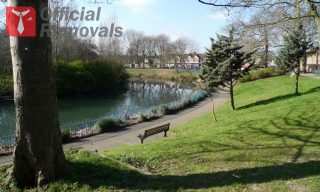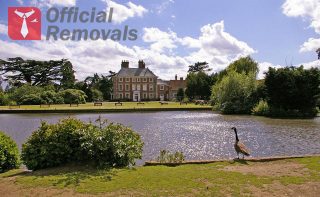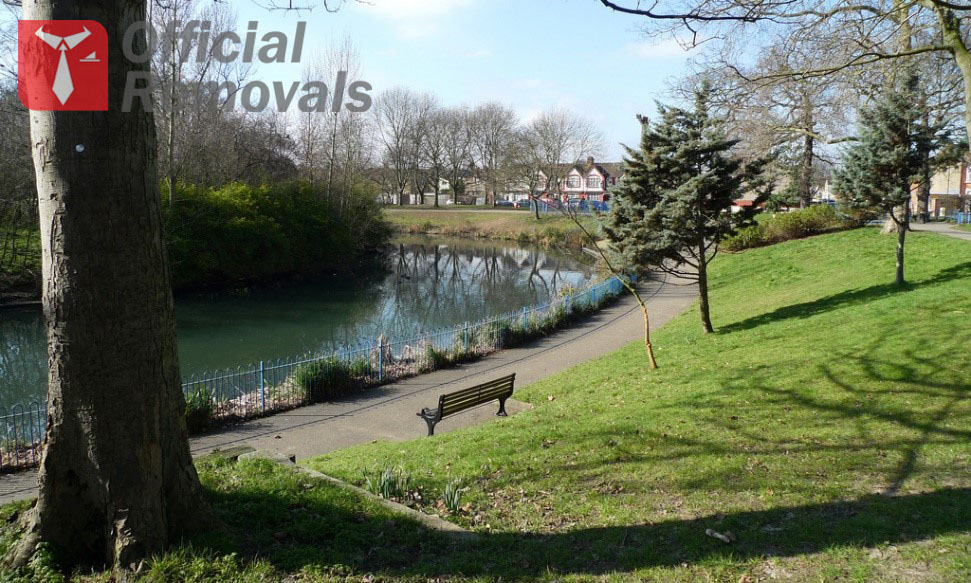Getting to Know the Borough of Enfield
16th February 2017
With a wide selection of good schools, lower than the average crime rate and many beautiful houses, the London Borough of Enfield can easily charm anyone. It is set in the northern part of the English capital and it is about 12 miles from the centre of the city. According to the latest census, Enfield is inhabited by more than 324,500 people. That means it is one of the most populated London boroughs today.
Enfield’s history
Before Enfield became part of London, it was just a small settlement in Middlesex. Nevertheless, it always had a special connection with the UK capital. Not long after the Romans invaded Britain, more than 2,000 years ago, they constructed the main road that linked York and Londinium (now the City of London) that passed through nowadays Enfield Town. That road still exists and it is better known as Ermine Street. Around the 11th century, the settlement was called Enefelde which came from the Old English words for ‘field’ and ‘lamb.’ However, between the 19th and the early-20th centuries, Enfield could hardly be referred to as a ‘field of lambs’ since the area became highly industrialised. One of the main livelihoods in the borough back then dealt with the production of armaments. Enfield is also the home of the world’s first mass-produced dishwashing machines, first colour TV and ATM. No wonder that it bears the motto “By industry ever stronger.” Industry was and still is a great part of Enfield’s identity.
Main districts in the borough
The oldest settlements in the borough are Enfield Town EN1, EN2 and Edmonton N9, N18. The former is also Enfield’s historic and administrative centre and it has a population of nearly 115,800 people. In other words, more than one-third of the borough’s population lives in Enfield Town.  The first cash machine in the world was installed namely there back in 1967. Since the town is one of the oldest in the borough, it offers plenty of sights for locals and visitors. From the 16th-century Enfield Palace to Enfield Market which was first held in the early 14th century – the local attractions reveal an interesting side of London. Edmonton, on the other hand, offers an abundance of parks. Even though it still has the commercial and industrial character that is typical of the London Borough of Enfield, it is located in close proximity to Picketts Lock Leisure centre, Pymmes Park and many other open green spaces.
The first cash machine in the world was installed namely there back in 1967. Since the town is one of the oldest in the borough, it offers plenty of sights for locals and visitors. From the 16th-century Enfield Palace to Enfield Market which was first held in the early 14th century – the local attractions reveal an interesting side of London. Edmonton, on the other hand, offers an abundance of parks. Even though it still has the commercial and industrial character that is typical of the London Borough of Enfield, it is located in close proximity to Picketts Lock Leisure centre, Pymmes Park and many other open green spaces.
Enfield Lock EN3 may be among the smallest districts in Enfield in terms of population, but its outdoor recreation facilities and areas can easily compete with those in Edmonton. Part of its territory falls into the Enfield Lock Conservation Area and the Lee Valley Park. The latter is known as the biggest parkland in Greater London since it has a length of 26 miles and it occupies about 10,000 acres.
Crews Hill EN2 and Grange Park N21 remained largely untouched and unspoilt by human activity until the 1900s. As a result, both districts rank among Enfield’s greenest areas and each has a charming countryside-like atmosphere. Crews Hill is mainly known as the most northern part of Greater London. In the past, the production of flowers and vegetables was the main source of income for locals. Today, Crews Hill is home to many garden centres. Grange Park was also developed in the early years of the 20th century. The brain behind it was architect Richard Metherell who designed the area for the more well-to-do population of London.
Key attractions
 The manor house of Forty Hall is a must-see in Enfield. Built in the 17th century, this Jacobian home is a Grade I listed property. The house was restored just a few years ago and it offers an exhibition dedicated to Sir Nicholas Raynton who not only constructed Forty Hall but was also Lord Mayor of London until 1633.
The manor house of Forty Hall is a must-see in Enfield. Built in the 17th century, this Jacobian home is a Grade I listed property. The house was restored just a few years ago and it offers an exhibition dedicated to Sir Nicholas Raynton who not only constructed Forty Hall but was also Lord Mayor of London until 1633.
Even though nearly 40% of Enfield’s territory consist of picturesque parks, Capel Manor Gardens are like a true oasis in the borough. These colourful and lush gardens cover an area of 30 acres. Japanese, historic or Italian – each garden has a different style. Capel Manor Gardens are even home to some incredibly interesting animal species that are not typical for the UK or for Europe for that matter. Among them are porcupines, wallabies and alpacas. Who would have thought that the London Borough of Enfield is so exotic?


